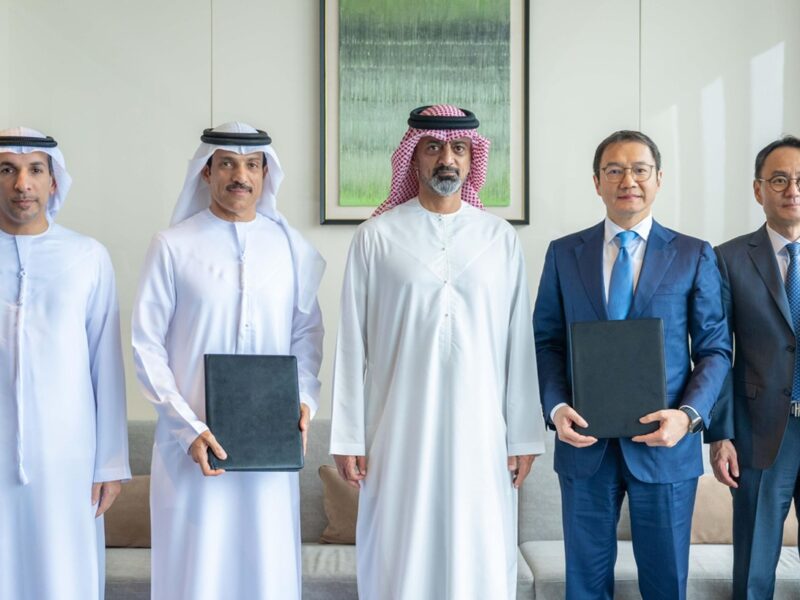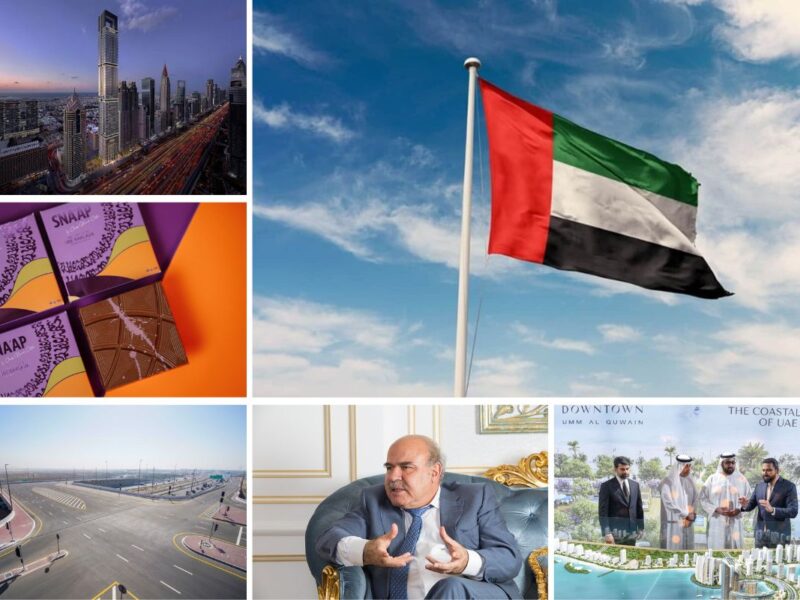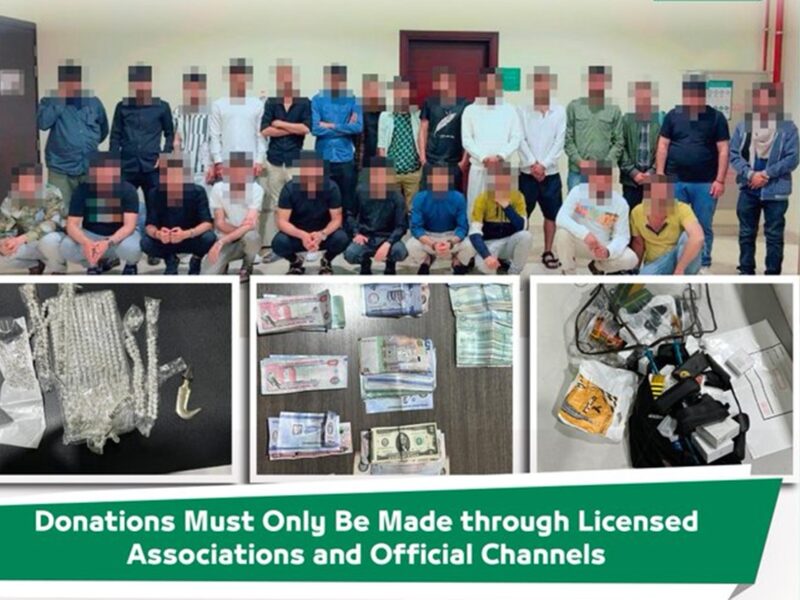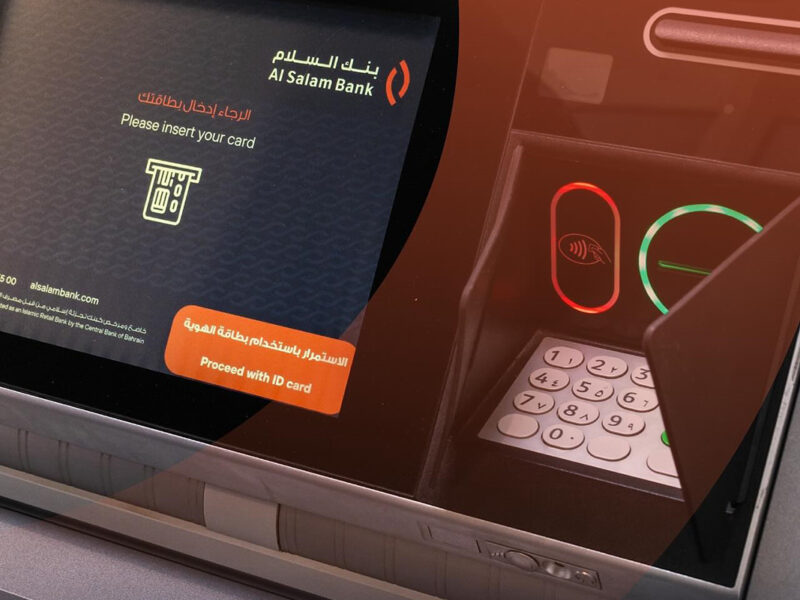I|~||~||~|Dubai Media Inc. recently built a 1000m2 studio, dubbed Studio F, at the Dubai TV headquarters to accommodate the programme requirements of its sports channel, which was relaunched at the beginning of this year. The design and installation of the studio was undertaken by Abu-Dhabi based systems integrator, Tek Signals along with lighting specialists, Oasis Enterprises and Martin Professional.
“When we decided to relaunch the sports channel, we found that there was a need for more space to accommodate the new demands of the channel in terms of both programming as well as sports production,” says Hassan Chahine, technical director, Dubai TV. “We found an appropriate place within Dubai TV’s premises. “Within a very tight deadline of four months, we got the whole thing up and running. This included actually constructing an entire building from scratch,” explains Chahine.
The result is a six-camera studio that is expandable to eight in future, a production control room, two voice over booths, a central apparatus room (CAR) and a separate audio room, all of which are connected to Dubai TV’s main transmission room.
The video control room comprises a mix of 51 JVC and Sony monitors, two character generators, a teleprompter control and a ceiling camera control among other things. It also boasts a nine-metre-long console that is ergonomically designed and set for the full production of live programmes. This console integrates the light desk and VTR acoustic rack. The video control room currently consists of six operation control panels (OCPs) for each of the six Thomson LDK 400 cameras that have been put in place at the studio. Space has also been made to accommodate two additional OCPs in anticipation of a move to expand to eight cameras in future. The Thomson cameras are mounted on Vinten Osprey Elite pedestals. Three of these are equipped with BDL’s TFT prompters. Apart from the OCPs, there is also a master control panel (MCP), which can control any or all of the cameras together.
“The wiring has been done for eight cameras,” says Tariq Raja, managing partner, Tek Signals. “As and when Dubai TV decides to expand and include two additional cameras, they merely have to buy two additional OCPs and the base station,” he adds. Seven wall boxes have been put in to cover the 1000m2 studio. Four ceiling boxes have been equally spaced from the centre of the studio. Also, ceiling speakers, suspended plasma screens, and a bird’s eye view camera have been fixed to the ceiling. The studio’s audio control room is equipped with a Prospect Electronics CMU 2 1 commentator mixer, Shure SM 7B, a comfortable custom-made console and an AKG studio monitor headphone.
One highlight of this room is the Studer D928 — a top-of-the-range audio broadcasting mixer, loaded with 42 mono/Mic channels, six stereo channels, eight groups, six Mono Auxs outputs & two stereo Auxs outputs as well as two master outputs with all the relevant broadcast features. The audio system is designed to cater to current production requirements as well as future large-function programmes without the need for further cabling. All 42 mics are wired to the seven studio wall boxes in addition to 10 Shure UHF wireless mics. Digital and Analogue Waveform monitors from Tektronix have been used at various points in the studio for calibration and monitoring.
||**||II|~||~||~|Another important factor in this studio is the talkback system. The main Dubai TV Drake talkback system has been extended to Studio F and is well integrated with the audio system there. The two Freespeak antennae cover the 1000m2 studio & its control room completely. The Freespeak beltpacks for floor managers, studio light manager, audio assistants and even portable camera can roam freely around the studio premises while also being in touch with the rest of staff in the control room and the studio floor. The voice communication is standard studio quality audio.
Two voice-over booths have been integrated with the studio to ensure that two voice-over commentaries can be carried simultaneously to the studio. Both are connected to the talkback system. The commentator can choose to hear the audio mixer Aux outputs or main programme or both and control them simultaneously.
“The main challenge of the project work was to carry out the installation on a semi finished site and complete the project along with the completion of the building,” says Raja. “We carried out the installation along with other contractors and sub-contractors, who were working on the construction, cabling, and electrical aspects of the building. This was a tremendous challenge.”
Perhaps what helped, according to Dubai TV’s Chahine, is the fact that Tek Signals prebuilt the system at its premises in Abu Dhabi. “Tek Signals did the integration on the video end. They did much of the pre installation at their premises and this, of course, saved us a lot of time.”
Chahine himself has had to battle several challenges. For one, he had to work with a limited budget of US $4.5 million. This budget was allocated for everything from the construction of the building to the equipment and systems integration.
“In order to stay within our budget and yet also have a safe compromise between quality standards and requirements, we compromised a bit on lighting control and studio dimensions,” he says. One significant compromise has been the height of the studio. While a studio of this size would normally require a height of at least 12ms, Dubai TV has reduced the height of the ceiling by a few metres and gone with manual pantographs.
Another challenge was to have different skill sets operating at the same time at the building to meet the tight timescale of four months. “In four months, we had to have a building, and an entire studio set up. This obviously meant that different sets of people — the electricians, the lighting specialists, the systems integrators and everyone would be working together.
||**||III|~||~||~|This required a lot of coordination to ensure that it did not descend into chaos,” says Chahine. Another challenge was the location of Studio F. This studio is located approximately 300 metres away from Dubai TV’s master transmission due to the lack of space in the premise. However, the two areas are connected by a fibre optic link with zero loss to the SDI embedded signal. This was accomplished using fusion splicing techniques for fibre optic cable termination and Evertz fibre- SDI encoders and decoders. A genlock from the MCR is also distributed to the equipment in the studio to maintain uniform timing for all of the programmes coming out of the station.
Despite these limitations, the studio currently boasts six different sets for different programmes and intends to have even more soon. In terms of sports production, Dubai TV’s sports studio is indeed big at 1000ms2. “But since we have multiple sets, we decided to go with a big studio,” explains Chahine.
Dubai TV’s sports channel has also placed special emphasis on 3D graphics. To facilitate this, it has purchased five Viz|Trio systems. Armed with a big studio and the technical requirements to facilitate the proper running of its newly revamped sports channel, Dubai TV aims to produce programmes that will be on par with international standards.
||**|| Lighting plays key role in new channel|~|hassanlight.jpg|~||~|One significant aspect of Dubai TV is the lighting. This posed an exceptional challenge because of the budget limitations that the state broadcaster was facing. Despite this, one look at the studio and the well-lit sets shows that the lighting and the studio design have been well planned. For one, accommodating six sets and often broadcasting up to four live sports shows each day, seven days a week is a big task.
“This studio currently accommodates six sets distributed on its four sides while keeping the centre free for any urgent event,” says Ziad Haddad, senior lighting engineer, Dubai Media Incorporated (DMI). “In the centre, we can have a set for six people at the same time, where the background can be either of the six original six sets or it can be lit artistically to create depth for different camera angles,” he adds.
Of special mention in the lighting system are the dimmers, the controls, the lighting itself and the rigging. The lighting system consists of 288 x 3kw dimmable channels distributed across three ETC sensor CEM+ dimmer racks. In place is a network system that enables communication between the console and the dimming system.
The console particularly is noteworthy. DMI is the first company in the Middle East to invest in ETC’s newest Congo consoles. The channel has two Congo consoles. Although both consoles initially had 1000 channels, they have now been upgraded to 2000 channels.
“This is because moving lights was not part of the original plan for the studio,” clarifies Basel Aref, manager of the professional projects division, Oasis Enterprises LLC. “The 1000-channel Congo was enough for white lights. But when they added moving lights, they needed more channels. Hence the upgrade,” he adds.
The consoles offer 2,048 control channels, which are patchable to 32,676 DMX outputs. They include a customised control surface comprising seven Congo plug-in stations with three network and four DMX outputs each, so that the studio will be able to do any level of multimedia production it needs.
Dubai TV has installed one console, which acts as a server in the gallery while the other client/slave is placed in the studio for backup purposes. “The advantage of having two consoles is that they can programme different parts of the lighting system on a parallel basis. Also, the two consoles communicate with each other as if they are on a network. Another big advantage of the Congo is that it can control studio lights as well as moving lights. This is unique to the Congo,” explains Aref. 210 pieces of conventional lights, divided between 1kw Fresnel, 2kw Fresnel and 2.5 soft light — from Desisti — have been distributed throughout the studio. The rigging system includes the cable management, studio rigging and pantographs. “Here, the grid consists of 104 trackable electrified D-rails from DeSisti distributed on nine parallel tracks. This enables Dubai TV to manually pull the rails three metres to the front and three metres to the back. There are 210 conventional lights that are hung on 210 pantographs,” explains Haddad.
The lighting system posed many challenges, says Aref. For one, Oasis had to get all of the equipment in and execute the project within four months. “We brought in eight tones of equipment by air because they wanted it urgently,” explains Aref.
There were also other challenges such as the height of the ceiling. “Normally, for such a big studio, you need a height of at least 12 ms. But for budget reasons, they decided to kept the height of the ceiling at 8.5 ms. This obviously brings with it some of its own challenges. It means that as you move the lights to the left and right, the loose cable will come down in front of the camera. We, however, resolved this by having in place a special cable management system to ensure that the cable didn’t come into the front of the camera.”
Likewise, budget constraints compelled Dubai TV to go for manual pantographs. “It was quite a challenge to put up all this lighting within a limited budget and time. That is why I chose the trackable electrified D rails with 5 m drop pantographs,” says Haddad. Other equipment that was installed included moving lights from Martin namely the MAC 700 and 600E moving heads, Minicity 150Ws from Studio Due, various short nosed Par Cans as well as products from DTS and Rosco. “We bought about 40 pieces of moving lights from Martin divided between Mac 600 wash lights and the latest Mac 700 profile,” says Haddad. “The aim of getting those moving lights was to add to the sets a new and contemporary look. Moving lights give us the ability to change the mood and colour on each set and Martin’s systems have helped us do this very well.”
||**||







